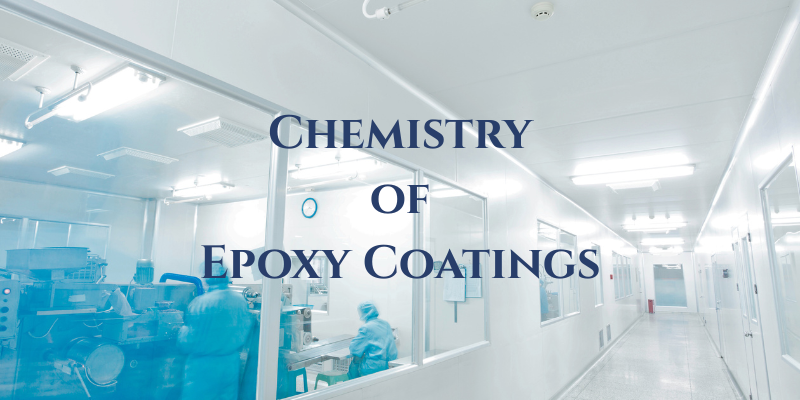Chemistry of Epoxy Coatings
Epoxy coatings are primarily based on epoxy resins, which contain reactive epoxide groups, and curing agents (hardeners) that facilitate crosslinking. The most common types of epoxy resins include:
Bisphenol A-Based Epoxies: The most widely used class, offering excellent mechanical strength, adhesion, and chemical resistance.
Bisphenol F-Based Epoxies: Provide lower viscosity and improved chemical resistance, often used in high-performance coatings.
Novolac Epoxies: Offer superior heat and chemical resistance due to higher crosslink density, suitable for extreme environments.
Curing agents play a crucial role in determining the final properties of the coating. Common curing agents include:
Amine Hardeners: Polyamines, aliphatic amines, and cycloaliphatic amines provide excellent strength and chemical resistance.
Anhydrides: Slow-reacting but offer enhanced flexibility and thermal stability.
Polyamides: Impart better flexibility and impact resistance, commonly used in marine and protective coatings.
Read also:
Resource Person: Hossam Hassan

